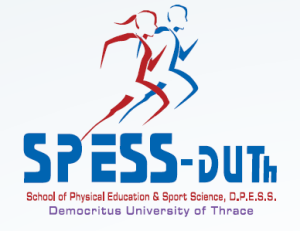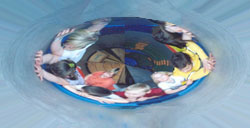Exercise program, Greek traditional music and mood profile of patients with dementia: a pilot study
The purpose of this pilot study was to examine the effect of a music-based exercise program on mood state of patients with dementia listening to Greek traditional music while exercising. The sample consisted of 18 patients, all residents of Arogi Rehabilitation Centre, randomly separated in two groups, that is, the exercise group (N=12) following the one-week music-based exercise program at a frequency of 4 training sessions, for 45 minutes each session, and the control group (N=6) with no exercise or music involved. The Profile of Mood States (POMS) was administered to all residents to examine the short term effect of the music-based exercise program in terms of patients’ distinct mood states. Results revealed that although no statistically significant differences were noted between the two groups in all pre-measures, the experiment group exhibited significantly higher scores on vigor and lower scores on tension-anxiety, fatigue-inertia, depression-dejection, anger-hostility, confusion and total mood profile compared with the control group in post-measurements. The positive effect of the music-based exercise program on patients’ mood state was discussed and recommendations were made to extent its use to all residents with chronic conditions, aiming to improve mood and quality of life during rehabilitation.






